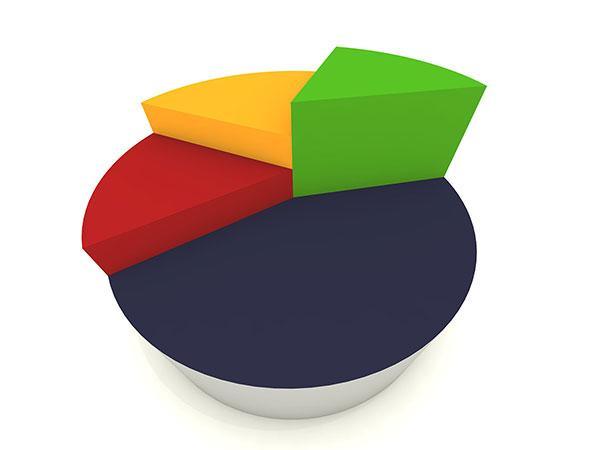Intro to "Commercial Debt Ratio"
Calculate your Business' Debt Ratios and Evaluate its Future Borrowing Potential
Try the calculator Commercial Debt Ratio >
 Increasing debt often means increasing risk, but it could also help achieve success if the borrowed money is well managed. With the following calculator you can calculate your company's debt ratios and estimate the additional financing it could obtain, allowing you to evaluate your company's potential growth based on its current structure.
Increasing debt often means increasing risk, but it could also help achieve success if the borrowed money is well managed. With the following calculator you can calculate your company's debt ratios and estimate the additional financing it could obtain, allowing you to evaluate your company's potential growth based on its current structure.
When you enter the amounts of assets and liabilities of the business (short-term and long-term) the calculator will then calculate the three main debt ratios: current ratio, long-term debt ratio and financial leverage. Following this, you will be able to enter the ratios' limit (which banks impose as a condition when granting new loans) or, you can enter the ratios of its specific industry for comparison. The calculator will then indicate the amount of money the company would be able to get as additional debt, which can then be used to finance new assets.
The amount of additional debt generated by the calculator prioritizes long-term debt first, since this type of debt is the most interesting one as it can help the most with growing the business. Indeed, long-term indebtedness can increase the competitiveness of a company and offers better chances of success. Additional short-term debt does not have the same impact. These short-term accounts keep a self-sufficient turn over at the lowest cost for the day to day needs, and therefore, we cannot hope to launch a business by investing considerable amounts on these types of short-term investments.
Note as well that the calculator doesn't take into consideration the potential capital surplus from the shareholders. This additional investment could increase the equity and adjust the debt ratios, allowing the company to finance additional assets without having to obtain new debt. The calculator ignores this scenario because the objective is to verify if there is room for additional indebtedness, based on the current structure and without having the need to ask for an additional investment from the shareholders. The book value of the equity remains the same for the calculation.
Finally, the calculator follows the basic rule of accounting taking into consideration that in a scenario where the book value of equity stays the same you finance short term assets with short term debt, and finance long term assets with long term debt. As a consequence, the fluctuation of short-term accounts and long-term accounts are kept separate. Here are a few examples to illustrate the fluctuations:
A company decides to finance a new truck at $50,000.00:
| Long-term Asset Truck Value + $50,000.00 |
Long-term Debt Balance Payable + $50,000.00 |
The long-term asset and long-term debt increase by $50,000.00.
A company decides to pay their suppliers
an amount of $10,000.00:
| Short-term Asset Bank Account - $10,000.00 |
Short-term Debt Account Payable - $10,000.00 |
The short-term asset and short-term debt decrease by $10,000.00.
Try the calculator Commercial Debt Ratio >




